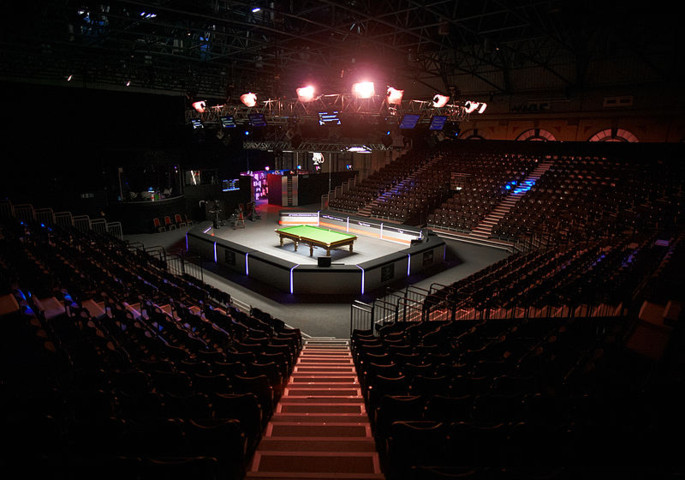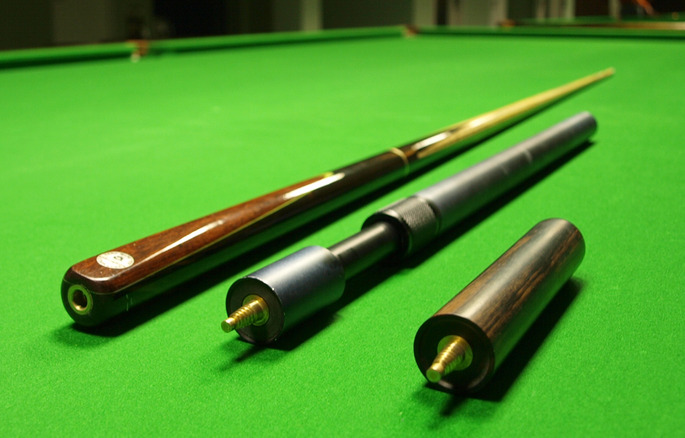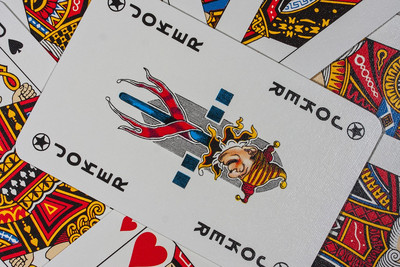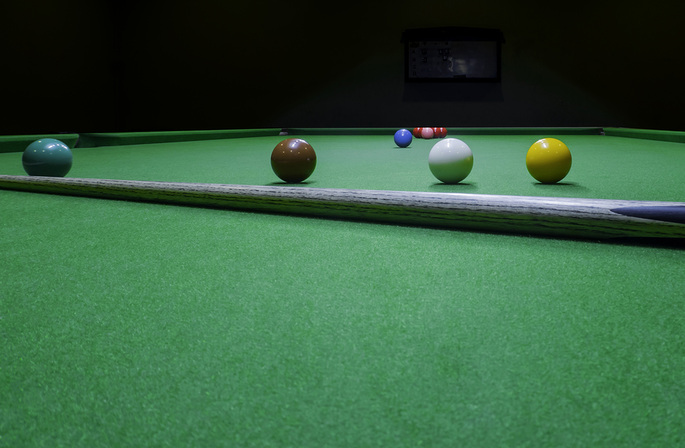Fast Facts
- When: 7th to 14th January 2024
- Where: Alexandra Palace, London
- Watch: BBC & Eurosport
- Official Website: The Masters
The Masters is widely regarded as one snooker’s most prestigious events. What’s interesting is that it’s not an actual ranking event, in that there are no world ranking points on offer, but yet it attracts the best field in the game.
The tournament is only overshadowed during the snooker the season by the World Championships, but people would even then argue that the more confined Masters field makes for a more interesting event for the enthusiasts.
As the next tournament approaches, we’ll highlight the best available betting offers.
Existing Customer Free Bets & Money Back Offers
Please Note: This event has now ended.
Stats Articles
Event Stats
Last 10 Masters Snooker Tournaments: 2015 to 2024
| Year | Winner | Runner-up | Score | Highest Break | Centuries |
|---|---|---|---|---|---|
| 2024 | Ronnie O’Sullivan | Ali Carter | 10-7 | M. Allen/D. Junhui (147) | 27 |
| 2023 | Judd Trump | Mark Williams | 10-8 | Williams/Trump/Vafaei (143) | 30 |
| 2022 | Neil Robertson | Barry Hawkins | 10-4 | Stuart Bingham (139) | 26 |
| 2021 | Yan Bingtao | John Higgins | 10-8 | John Higgins (145) | 30 |
| 2020 | Stuart Bingham | Ali Carter | 10-8 | David Gilbert (144) | 18 |
| 2019 | Judd Trump | Ronnie O’Sullivan | 10-4 | Luca Brecel (140) | 24 |
| 2018 | Mark Allen | Kyren Wilson | 10-7 | Liang Wenbo (139) | 28 |
| 2017 | Ronnie O’Sullivan | Joe Perry | 10-7 | Marco Fu (141) | 26 |
| 2016 | Ronnie O’Sullivan | Barry Hawkins | 10-1 | Judd Trump (140) | 26 |
| 2015 | Shaun Murphy | Neil Robertson | 10-2 | Marco Fu (147) | 28 |
Centuries refers to the total number of 100+ breaks in the main tournament
Schedule
- Round of 16 – Sunday 7th to Wednesday 10th January 2024
- Quarter-finals – Thursday 11th & Friday 12th January 2024
- Semi-finals – Saturday 13th January 2024
- Final – Sunday 14th January 2024
Masters Snooker 2024 Draw
| First Round Draw (Seedings) | ||
|---|---|---|
| Judd Trump (1) vs Kyren Wilson (9) | QF 1 | SF 1 |
| Mark Williams (8) vs Ali Carter (11) | ||
| Mark Selby (5) vs Robert Milkins (14) | QF 2 | |
| Mark Allen (4) vs John Higgins (10) | ||
| Ronnie O’Sullivan (3) vs Ding Junhui (12) | QF 3 | SF 2 |
| Neil Robertson (6) vs Barry Hawkins (15) | ||
| Shaun Murphy (7) vs Zhang Anda (13) | QF 4 | |
| Luca Brecel (2) vs Jack Lisowski (16) |
About the Masters Snooker

The Masters was established in 1975 and back then it was strictly for the world’s top ten players based on official world rankings. Over the next decade or so the field was expanded to twelve and now it sees the top sixteen in the world battle it out. There are occasions when the tournament isn’t able to host all sixteen players due to player commitments or injuries, and in this case a wildcard pick where tournament directors can invite players to join the competition irrelevant of world ranking.
The tournament takes place in the world famous Alexandra Palace in London, although it was hosted at the West Centre Hotel in London when it originated back in 1975. Its popularity has dictated where it’s been held since then and is also the main reason why it’s currently held at Alexandra Palace.
The History of The Masters
The World Championship is the only snooker event that has been taking place for longer than The Masters, given that it was first played back in 1927. The 1975 start date of The Masters makes it a baby in comparison, but it is still considered by many to be one of the most prestigious events in snooker. Along with the World Championship and the UK Championship it is part of the Triple Crown of snooker, meaning that it’s one of the events players are extremely keen to win even though it isn’t a ranking event. As mentioned before, it began life as an invitational tournament for the ten best players in the country, with the event sponsored by the tobacco company Benson & Hedges.
Triple Crown of Snooker Tournaments
| Tournament | When Played | Current Venue |
|---|---|---|
| The Masters | January | Alexandra Palace, London |
| World Snooker Championship | April to May | The Crucible Theatre, Sheffield |
| UK Championship | November to December | Barbican Centre, York |
John Spencer won the competition in its first year, narrowly edging out Ray Reardon 9-8 in the final match. It proved to be a popular event and so it was deemed appropriate that it should move venues. In its second year it took place at the New London Theatre, then in 1979 it changed homes to the Wembley Conference Centre. The competition’s popularity continued to grow and so did the number of players wanting to take part in it. As a result, the organisers increased the number of players invited to take part to twelve in 1981 and then sixteen in 1983. In the years since, the competition’s format has changed in numerous small ways, making it one of the most exciting events to watch in the snooker calendar.
The Tournament Develops

When the decision was made to expand the competition to invite sixteen players to play in it, the natural question was which sixteen players should be invited. The answer was easy enough, with the top sixteen players according to the world rankings automatically qualifying to play. That led to some spectacular matches throughout the 1980s, starting in 1984 when Kirk Stevens achieved a maximum break against Jimmy White in the semi-final and became the first player to do so since The Masters was launched nine years earlier. Four years later and Mike Hallett suffered a humiliation at the hands of Steve Davis when he lost 0-9 and became the only player to date to be whitewashed in the final of The Masters.
Just before the 1980s came to a close, a new player came to the fore and established a dominance hitherto unseen. Stephen Hendry won his first appearance in The Masters and went on to win his next four too. He would’ve made it six in a row if not for a final-frame defeat to Alan McManus in 1994. Hallett was close to getting some slight revenge for his whitewashing by Davis when he reached the final in 1991 and raced to a 7-0 lead over Hendry, only for the Scot to beat him 8-9. The frustration of Hallett will have been palpable, given he was 8-2 up at one point. It was a defeat that essentially ceased Hallett’s time as a major player in the world of snooker and he retired four years later.
Wild Cards and New Sponsors

In 1990 the tournament’s sponsors chose to introduce the notion of a Wild Card system. This saw two players go up against the fifteenth and sixteenth seeds in the competition to see who would enter the first round of the tournament. It was allowed as a matter of discretion by the game’s governing body and the players were picked at random by Benson & Hedges. The following year they introduced more structure to proceedings, creating the Benson & Hedges Championship. This was seen as a qualifying event for The Masters and the winner of it took one of the Wild Card slots, with the other continuing to be decided by the game’s governing body.
After the turn of the millennium, a rule was introduced in Britain to restrict sponsorship of sporting events by tobacco companies. As a result of this, Benson & Hedges chose to end their sponsorship of The Masters, leaving it without a sponsor in 2004. Rileys Club took over sponsorship duties in 2005 but it only lasted for one season before SAGA Insurance took on the responsibility in 2006, agreeing to continue the sponsorship until 2009. The year 2006 also saw the demolition of the Wembley Conference Centre, with the event moving to Wembley Arena in 2007. It remained there until it was moved to its current location of Alexandra Palace in 2012, enjoying numerous different sponsors in the meantime.
In April 2016, the trophy was officially named after Paul Hunter, who won the tournament three times in four years, before sadly passing away after a battle with cancer in 2006. Many players had called for this change to happen a long time before its announcement and World Snooker chairman Barry Hearn admitted that they had “messed up” not naming the trophy after Hunter sooner.
Masters Tournament Format

The competition’s format has enjoyed minor changes over the years but, generally speaking, has remained pretty much the same since 1984. The top sixteen players according to the world rankings are invited to play, with a seeding system introduced to provide an exciting competition. The previous year’s Masters champions takes the number one seed, whilst the World Champion is seeded as number two, provided that they’re different players, of course. The rest of the players are seeded according to their ranking.
There have been a few occasions on which the world ranking hasn’t necessarily dictated the players who have been invited to take part in the competition. Sometimes the World Champion at the time hasn’t been ranked in the top sixteen, as happened with Ronnie O’Sullivan in 2014 when he was ranked twenty-fourth. In that instance the player ranked sixteenth, Graeme Dott, missed out in order to allow O’Sullivan to play.
Other situations have involved players not ranked in the top sixteen being invited to play because one of those that is hasn’t been eligible. An example of that occurred in 2018 when Stuart Bingham, who was twelfth in the world rankings, was suspended from playing. As a result, Liang Wenbo was invited to play as he was seventeenth in the ranking and therefore the next in line.
Generally speaking, though, it’s the top sixteen snooker players in the world according to the rankings that are invited to play. The top eight seeds are kept apart in the first round and are paired against the bottom eight seeds. It’s a knockout tournament, with the last sixteen and quarter-final matches being the best of eleven frames and the final taking place over nineteen. In 2010 the system of inviting Wild Cards to take part in the tournament was abandoned.
Interesting Facts
Ronnie O’Sullivan is the most decorated player in Masters history with eight wins, followed by Stephen Hendry with six. O’Sullivan has been runner-up on six different occasions as well, more than any other player. Players who have won the tournament on three occasions are Mark Selby, Cliff Thorburn, Steve Davis and Paul Hunter.
Interestingly, there have been five maximum 147 breaks in the tournament’s history. These were Kirk Stevens, Ding Junhui twice, Marco Fu and Mark Allen. Here are some other interesting facts that you might enjoy:
- Jimmy White received more Wild Card invites than any other player, being invited in five times
- No Wild Card player ever won the tournament, though both John Higgins and Ding Junhui reached the final in 1995 and 2007 respectively
- The winner of the qualifying event, which was originally known as the Benson & Hedges Championship, never got further than the last sixteen
- Seventeen English players made up 46 finalists to date, more than any other nationality
- England has also provided more champions than any other country with 23 wins from those 46 appearances. Scotland comes second with nine
